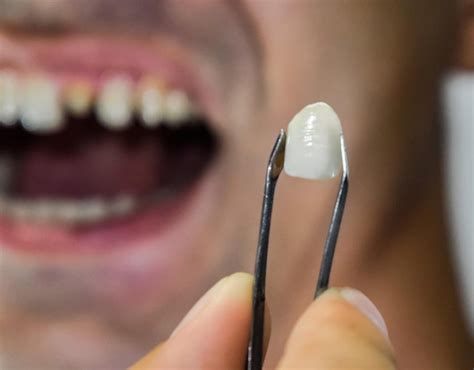7 Cavity Filling Secrets To Reduce Pain

The dreaded cavity filling - a necessary evil for many of us. While cavity fillings are a common dental procedure, they can still be a source of anxiety and pain for many individuals. However, what if you could reduce the pain and discomfort associated with cavity fillings? In this article, we’ll delve into 7 cavity filling secrets that can help minimize pain and make your dental experience more comfortable.
Understanding Cavity Fillings
Before we dive into the secrets, it’s essential to understand the cavity filling process. A cavity filling is a dental restorative procedure where a dentist removes decayed tooth material and fills the resulting cavity with a filling material, such as amalgam, composite resin, or gold. The goal of a cavity filling is to restore the tooth’s natural shape, function, and appearance.
Secret #1: Choose the Right Filling Material
The type of filling material used can significantly impact the level of pain and discomfort experienced during and after the procedure. For example, composite resin fillings are often preferred over amalgam fillings because they are more aesthetically pleasing and can be less irritating to the tooth and surrounding tissues. Additionally, composite resin fillings can be bonded to the tooth, which can help reduce the risk of tooth fracture and further decay.
Secret #2: Use a Topical Anesthetic
Topical anesthetics, such as benzocaine or lidocaine, can be applied to the affected area to numb the tooth and surrounding tissues. This can help reduce pain and discomfort during the procedure. However, it’s essential to note that topical anesthetics may not completely eliminate pain, and additional anesthetic measures may be necessary.
Secret #3: Consider Sedation Dentistry
Sedation dentistry involves the use of medication to help patients relax and feel more comfortable during dental procedures. There are different types of sedation dentistry, including nitrous oxide, oral sedation, and IV sedation. Sedation dentistry can be particularly beneficial for individuals with dental anxiety or those who require multiple cavity fillings.
Secret #4: Use a Laser for Cavity Preparation
Traditional cavity preparation involves using a drill to remove decayed tooth material. However, this can be a painful and uncomfortable experience for many patients. Laser cavity preparation, on the other hand, uses a high-energy beam of light to remove decayed tooth material. This can be a more comfortable and precise alternative to traditional drilling methods.
Secret #5: Apply a Desensitizing Gel
Desensitizing gels, such as those containing potassium nitrate or strontium chloride, can be applied to the tooth and surrounding tissues to reduce sensitivity and pain. These gels can be particularly beneficial for patients who experience sensitivity after cavity fillings.
Secret #6: Use a Filling Material with Anti-Bacterial Properties
Some filling materials, such as those containing triclosan or chlorhexidine, have anti-bacterial properties that can help reduce the risk of further decay and infection. These filling materials can be particularly beneficial for patients who are prone to tooth decay or have a history of oral health issues.
Secret #7: Follow Post-Procedure Instructions
Finally, following post-procedure instructions is crucial for reducing pain and discomfort after a cavity filling. This includes avoiding certain foods and drinks, taking pain medication as directed, and practicing good oral hygiene. By following these instructions, patients can help minimize the risk of complications and promote faster healing.
What is the most common type of filling material used for cavity fillings?
+The most common type of filling material used for cavity fillings is composite resin, which is a tooth-colored material that can be bonded to the tooth.
Can I eat and drink normally after a cavity filling?
+It's generally recommended to avoid eating and drinking for at least 30 minutes to an hour after a cavity filling, and to stick to soft foods for the remainder of the day. However, it's best to follow the specific instructions provided by your dentist.
How long does a cavity filling procedure typically take?
+The length of a cavity filling procedure can vary depending on the complexity of the procedure and the number of fillings required. On average, a cavity filling procedure can take anywhere from 15 to 60 minutes.
In conclusion, while cavity fillings can be a necessary and sometimes uncomfortable experience, there are several secrets that can help reduce pain and discomfort. By choosing the right filling material, using a topical anesthetic, considering sedation dentistry, using a laser for cavity preparation, applying a desensitizing gel, using a filling material with anti-bacterial properties, and following post-procedure instructions, patients can help minimize the risk of complications and promote faster healing. Remember to always follow the specific instructions provided by your dentist and to take any necessary steps to promote good oral health.